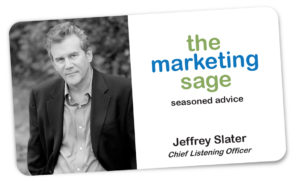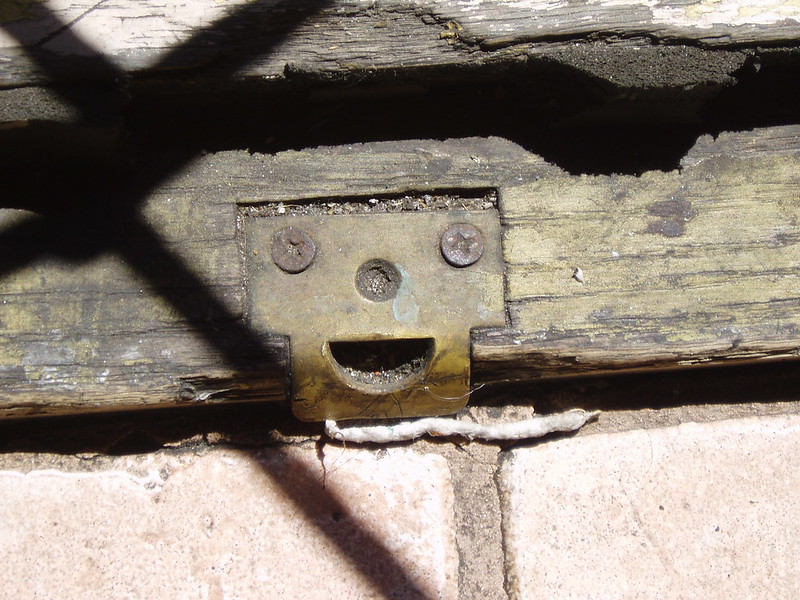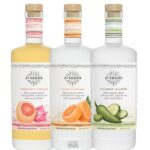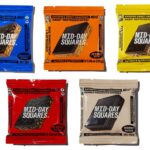The challenge for any brand is to develop a brand personality that brings to life their brand’s promise. The place where most brands fail is that they don’t find an ownable word or phrase that they can execute along with every touchpoint with the consumer. Great brands hinge on one word or phrase that encapsulates the strategy. A hinge word approach is natural for the consumers to understand, can be tactically executed, and is the desired state.
In the late ’90s, as I assumed the responsibilities for the Slim Jim business. We lovingly referred to our product as a greasy, spicy meat stick. No one took the product seriously even though it was literally a cash cow.
Our branding hinge word was the word: IRREVERENT.
Showing a lack of respect for people or things that are generally taken seriously.
We needed an emotional hinge word that we could filter every consumer interaction. It had to be a word only we owned.
From packaging, promotions, advertising, events or even our brand’s premiums for a giveaway, all of our marketing efforts had to be irreverent.
Even our choice of a spokesperson exemplified this hinge word. Macho Man Randy Savage, the professional wrestler was the personification of irreverence. He was the embodiment of irreverence. When Randy showed up at an event, he was our brand walking into the room.
We marketed our brand through the tactical essence of this one, core, emotional word – irreverence. And, this word fits our core consumers (male teens 12-16) like a glove. Every marketing activity hinged on this one word.
Brand Failures
First of all, failures in branding happen when your touchpoints don’t bring to life your hinge word and when they blur into a category.
- Family-owned to describe a winery is part of a category, not something unique to hinge a brand.
- Long-lasting to brand your chewing gum is a hackneyed phrase and a category mandatory.
- Refreshing is the beverage category – can’t be owned.
- Farm-to-table is overdone and less original. It has become a cliche.
Mapping the Competition
Consequently, when you map the competition’s hinge words, your brand must find an unoccupied white space. Like a blue ocean strategy, you don’t want to be in the bloody red ocean where everyone is fighting over the same scraps. You need to stake out a claim in a place that gives you permission to stand alone, be relevant, and connect with your target audience.
The hinge word approach to branding means not focusing on transactional value like price or quality. Hence, you are finding an emotional vein that feeds directly into a reason to purchase. Words like perky, stunning, eccentric, quirky, wizard-like, and heroic are a few examples. Thus, we never marketed the Slim Jim brand using the word irreverent. We brought it to life in every activity.
Frequently, you can find these words through brand archetype exercises that help to connect with the Jungian idea of the collective unconscious.
Brand Positioning Formula
For [your audience], [your brand] is the [your market] that best delivers on [your brand promise] because [your brand], and only [your brand], is [your evidence].
Example: For the young and young-at-heart, Walt Disney World is the theme park that best delivers on an immersive and magical experience because Walt Disney World, and only Walt Disney World, connects you to the characters and worlds you most desire.
(Tagline: “Where Dreams Come True.”)
For Disney, magical is the hinge word.
In conclusion, if you are thinking about rebranding, what word will your brand hinge upon?
Need help with a brand hinge or other brand exercises like brand archetypes?
I can help. You can set up a time to chat with me about your marketing challenges using my calendar. Our initial conversation is free. You talk, I listen. Email me jeffslater@themarketingsage.com or call me. 919 720 0995. Visit my website at www.themarketingsage.com Let’s explore working together today.






